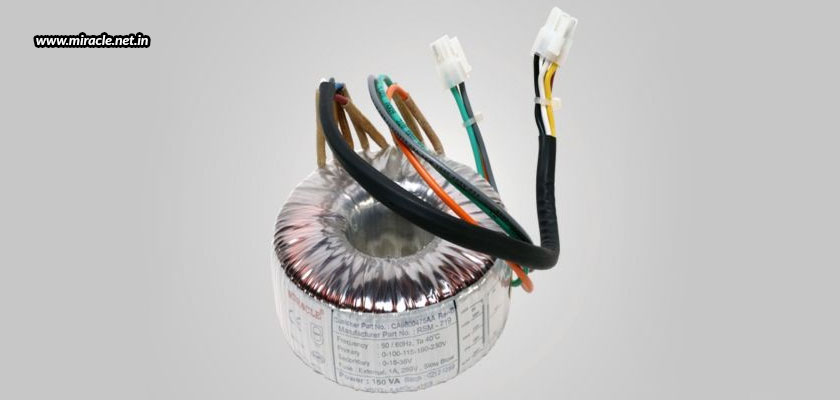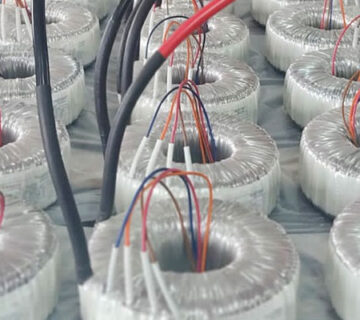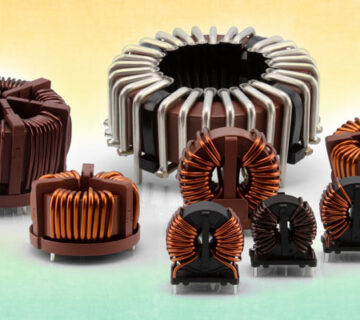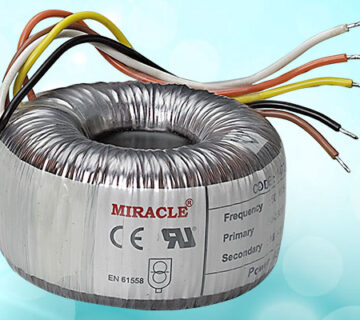The toroidal core is best formed with minimum material used to build the transformer. Because of the minimum amount of material used, the volume of the toroidal transformer is less, which results in lesser weight. In addition, toroidal transformers make very less mechanical hum and low magnetic flux scattering. They are also highly durable, highly efficient, and result in extreme energy savings. With all of this mentioned, it is clear that a toroidal transformer is much better in comparison with other kinds of transformers. But, when you decide on purchasing a toroidal transformer, you also want to know how you can choose the right one. So, below mentioned are a few tips that can help you identify what makes a good toroidal transformer.
Core material
The best core material for a toroidal transformer is copper. Although a little expensive, it is much better than the other alternatives used to reduce the price of the transformer. Copper results in a reliable and high-performing transformer, which makes the price worth it. Another good option is premium-grade virgin steel.
Wire material
The most common materials used for making the wires that are to be installed within a transformer are copper and aluminium. Again, copper is more expensive, but it is also a better option because of its current carrying capacity, electrical characteristics, and thermal properties, which are all much better than that of aluminium.
Winding technique
Different toroidal transformer manufacturers in India use different winding techniques to build a transformer core. You would be surprised to know that the kind of winding procedure used is also important when deciding for the quality of the transformer. That’s because the winding construction can greatly influence leakage inductance. The winding, when evenly arranged and levelled, with the winding strength of the machine properly adjusted, can eliminate perforation of the wires, thus reducing the risks of short circuiting.
Insulation material and technique
The insulation material used determines the lifespan and reliability of the product. Proper insulation reduces the possibility of short circuits and leakage, thus resulting in a longer life of the transformer. Toroidal transformers require insulation in different stages of construction. The insulation thickness, the number of insulation layers, and the creepage required should be carefully calculated. In general, a good toroidal transformer will have insulation between the core and first winding, between successive windings, and on the outside of the last winding. The best method for insulation involves winding a narrow strip of plastic material in overlapping fashion, through the center hole in the toroid.
Magnetic shield
A toroidal transformer is general has a very low magnetic leakage field. However, if an additional reduction is required, an additional magnetic shield can be added. This shield uses a thin sheet of grain-oriented silicon steel, with multiple layers tightly wound around the transformer circumference, and fixed with an outer wrap.
Potting/Encapsulation
Potting or encapsulation of the transformer with thermoplastic material can provide excellent protection against shock and vibration.
Electrostatic screen
Electrostatic screens can be added to filter out electrostatic interference from the mains power supply and derive to ground, in case of failure of the main isolation. These screens are constructed using a copper layer winding coil, insulated with polyester, between the primary and secondary windings.
As you can see, there are a variety of choices that need to be made in order to have that one good toroidal transformer. You can list down all your choices and preferences, and then approach Miracle Electronics to have your special, unique, high-on-quality toroidal transformer made for your application. We are one of the most reliable toroidal transformer manufacturers in India, with a team of skilled and experienced engineers, who have the caliber to design any and every kind of transformer to suit every client’s unique requirement. And, no matter what we manufacture, we always ensure quality, which can be easily proven by our RoHS and REACH compliant products, that can be CE and UL marked on request.




